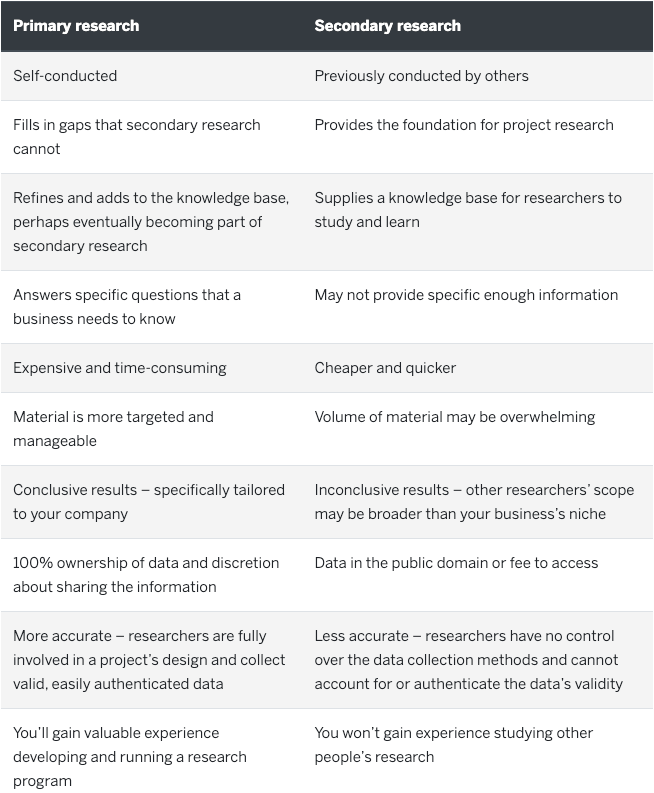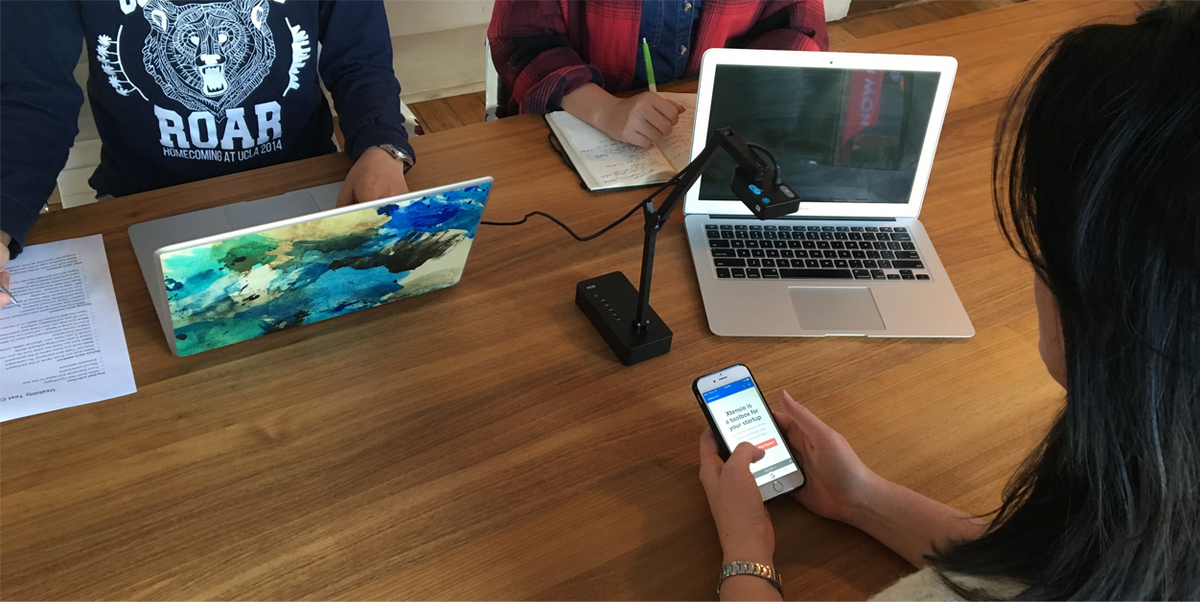It’s no secret that data collection has had a profound impact on the way we address our problems. The ecommerce sector is certainly no exception. It’s easier than ever for brands of any size to collect countless data points from a multitude of sources.
But having data – or access to it – isn’t enough to create change in your business. You have to glean insight from that data and then turn insight into actionable steps. That’s the hard part and why data analysis is such an important step in data science.
When we study our data, we use two research methodologies to gather information in order to define phenomena and make changes: exploratory and explanatory research. These methodologies are how we define problems, link cause and effect, and ultimately build experiments that create real business change.
In this article, we discuss exploratory vs. explanatory research and what they mean for ecommerce brands who are looking to grow. PEDIAA has a succinct definition of each, but we’ll dive deeper into each methodology next.

What is Exploratory Research?
Exploratory research is the investigation of a problem that isn’t clearly defined. It’s the process of exploring a problem without attempting to draw conclusions or produce a solution. It’s especially helpful when a subject or issue hasn’t been studied much in the past.
Exploratory research is the preliminary research stage. It doesn’t start with a premise or hypothesis, so you have a lot of freedom to glean understanding of whatever problem you’re investigating. You have to come up with your questions, procedures, tools, methods, and best practices.
Exploratory research is divided into two categories: primary research and secondary research. This Qualtrics table summarizes them succinctly.

Primary research
Primary research refers to information obtained directly from a subject. Subjects can be individuals or groups of people. This type of research can be conducted by the researcher or with the help of a third party service or tool. Here are some examples of primary research:
- Surveys and polls
- Customer or user interviews
- Subject matter expert interviews
- Focus groups
- Observations (user sessions, heat maps, etc.)
Secondary research
Secondary research refers to information gathered from previously published primary research. Essentially, this is when you collect information from existing sources, like case studies, academic papers, literature, etc.
For instance, if you needed to know the number of people who have a dog in the United States, you wouldn’t conduct your own primary research. It’s faster and reliable to consult a secondary research source, even though they sometimes come at a cost.
In ecommerce marketing, you probably have a bank of primary research on hand at all times regarding your customers. Digging into your data to come up with a fact or figure that you previously researched is considered secondary research, even though it’s your own data.
One major downside to secondary research is that it’s rarely specific to your business. Whoever created the research did so for their own purposes, so the information won’t be completely relevant for your needs. That said, there’s plenty of existing research on countless topics that’s useful to anyone.
Example of exploratory research
To help you understand how exploratory research works, let’s use a fictional example.
Acme Tools just released a new product, a specialized device that isn’t available anywhere else. They were sure their customers would be amazed by the new, one-of-a-kind tool and buy through Acme’s inventory right away.
Sadly, launch sales were weak, despite Acme’s aggressive advertising and marketing campaigns. They couldn’t understand why their customers avoided this new tool when they typically embrace new products quickly.
To uncover this mystery, Acme engaged in some exploratory research. They combed through their data analytics to examine user behavior throughout their ecommerce site. They explored heat maps and watched video sessions of real users. They hunted for site errors that might prevent users from completing a purchase.
Finally, they had conversations with customers about the new product, which is where they heard complaints from customers that the tool isn’t unique enough to deserve a spot in their toolbox when other tools solve the same problem reasonably well. (Our customer research service can provide this kind of information for you.)
In this example, you can see that the problem isn’t clearly defined. Acme Tools doesn’t have any idea why their new product isn’t successful, so they explore the problem anyway they can using a variety of research methods. Now that they know that there’s a product issue, they can explore ways to improve the product.
What is Explanatory Research?
Explanatory research (sometimes called descriptive research or conclusive research) addresses the question, “Why?” It’s an attempt to link ideas together, identify patterns, and understand the cause-and-effect nature of a phenomenon. It focuses on specific problems in hopes of drawing tangible conclusions.
Explanatory research is carried out after problems have been explored and defined but still requires deep analysis before you have enough information to take action. It involves studying a problem in depth by gathering data, running experiments, and making clear decisions based on what you learn.
The goal of explanatory research isn’t just to understand but to solve a problem. After your research, you should have a clear idea of how to affect the phenomenon you studied. For instance, after studying why users abandon their shopping carts on your ecommerce site, you should have some reasonable strategies to reduce the number of abandoned carts.
Whereas exploratory research is undefined and open-ended, explanatory research follows a fairly standard path that’s similar to the scientific method. Let’s walk through each step.
Step 1: Develop your research question
Your first step is to establish your research question. This refers to the general topic you’ve explored and is hoping to explain.
Example research question: Customers routinely file support tickets asking for information about our return policy. This information is available on our site, so they shouldn’t have to ask us for it. Our research question, therefore, is “How can we reduce support ticket requests for our return policy?”
Step 2: Generate a hypothesis
Your hypothesis is a potential explanation for your research question. It’s the “why” something occurred; the thing you’ll test. Generate your hypothesis based on what you learned during your exploratory research.
Example hypothesis: “Customers struggle to find our return policy on our website.”
You may have multiple hypotheses. That’s quite alright! You may need to test several until you discover an explanation for your research question. If several come to you at once, jot them all down together, but you’ll only test one at a time.
Step 3: Collect your data
Your next step is to collect the data that addresses your hypothesis. The type of data you collect will change depending on what you hope to learn. You’ll have to make your own reasonable conclusion here.
In the case of our example, the best way to determine why customers put in support tickets to ask about the return policy would be to ask those customers. Reach out to them again and ask why they started a support ticket in the first place. Were they unable to find the return policy? Was the language confusing?
Step 4: Analyze your data
Once you have your data, the next step is to analyze it. This is where you turn learning into actionable insight that you can use to improve the ecommerce experience for your customers.
Suppose after reaching out to the customers who submitted support tickets, you learn that a majority attempted to find your return policy, but couldn’t find the right information. They expected to find a dedicated page, but your policy is buried at the bottom of a generic FAQ page.
Step 5: Implement your improvements (optional)
Technically, implementing the knowledge you gain from your data isn’t part of the research process. However, implementation is a concrete way to finally explain your problem. If you are able to effect the problem, you certainly understand it.
In the case of our example, an easy solution would be to move your return policy to its own page and add a link to that page in reasonable locations, like your footer or menu bar. Then you would measure the effect of that change on your support tickets. If customers continue to contact you about your return policy, the change had little effect and you didn’t explain your problem. But if the requests stop, you can reasonably assume that you found the cause.
In many cases, however, implementing improvements isn’t that simple. You may have to try multiple solutions until you find one that works. You may need to run a series of experiments to determine whether your changes have any real effect at all. This is where A/B testing and multivariate testing come into play.
Conducting Exploratory and Explanatory Research
When it comes to exploratory vs. explanatory research, it’s important to keep in mind that these methodologies are just tools. You don’t need to use them both to solve every problem. In some cases, you may only need one.
In other cases, the exploratory and explanatory research phases happen so quickly that they almost seem not to exist at all. For instance, suppose a customer complains that your “View Cart” button doesn’t work. Testing the button yourself on various pages and devices is the exploratory part. Digging into the cause is the explanatory part. Neither phases require a formal process, just a few minutes of work to solve the problem.
As you can imagine, conducting exploratory and explanatory research isn’t simple. You need time, resources, and the know-how to dig through data to see the bigger picture. Like most brands, you probably need a little help. That’s where UserInput comes in.
We offer two powerful tools that can help with exploratory or explanatory research. Our managed user testing service identifies technical bugs or points of friction and our managed customer research service pairs you with real people in your target market to collect unfiltered feedback about your shopping experience.
These services can support your exploratory or explanatory needs, depending on your point in the research process. We use real, experienced reviewers and actual customers in your niche to provide clear, comprehensive, and unfiltered feedback. And if you’re looking for something in particular (like the answer to a specific question), our reviewers can investigate it for you.
Stop guessing how customers view your brand. Ask them. The company that understands its customer the best always wins. Start your research project today.


